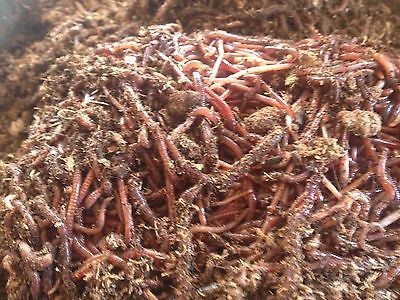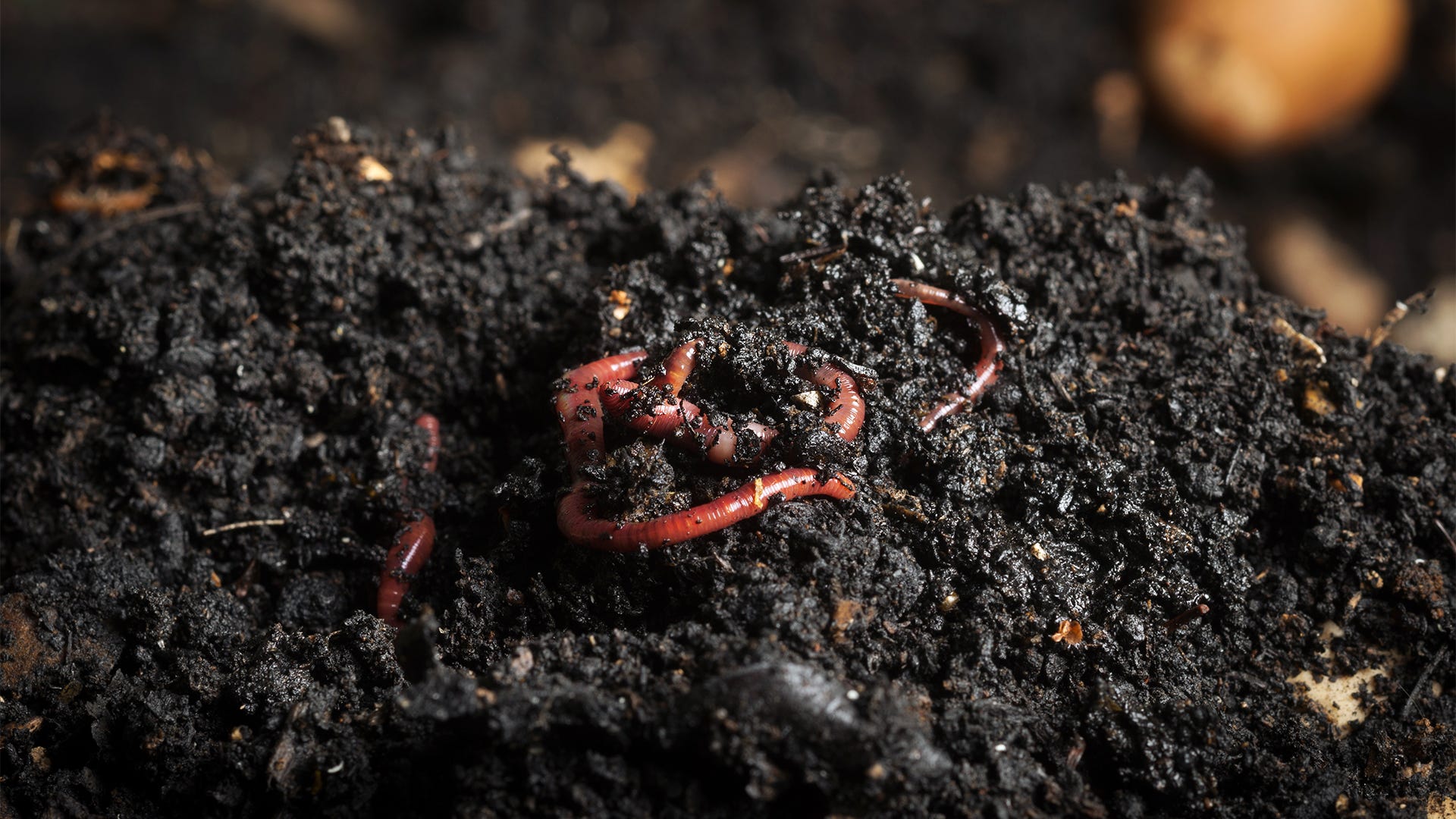Efficient red worms: Turn scraps into fertilizer
Efficient red worms: Turn scraps into fertilizer
Blog Article
The Function of Red Wigglers in Sustainable Horticulture
The assimilation of red wigglers right into sustainable horticulture methods provides a compelling strategy to improving soil wellness and minimizing organic waste. These organisms not just convert kitchen scraps right into nutrient-dense compost via vermicomposting however also freshen the soil, advertising ideal problems for plant growth. As they damage down complex natural materials, they proactively foster a prospering microbial community vital for sustainable farming. The implications of using red wigglers expand past plain composting; their function in shaping an extra lasting future warrants a deeper expedition of their advantages and functional applications.
Understanding Red Wigglers
Red wigglers, scientifically called Eisenia fetida, are a types of earthworm renowned for their role in sustainable gardening and composting methods - red wigglers. These worms prosper in decaying raw material, making them specifically effective in converting cooking area scraps and lawn waste right into nutrient-rich garden compost. Unlike traditional earthworms, red wigglers have a higher resistance for differing dampness levels and can grow in settings with abundant natural product
(Lake Rhodhiss Bait)Classically, red wigglers are smaller sized than their earthworm counterparts, generally gauging between 3 to 4 inches in length. They have a reddish-brown coloration and have a fractional body framework that assists in their burrowing and feeding activities. These organisms are hermaphroditic, meaning each specific has both male and female reproductive body organs, which enables effective populace development under optimum conditions.
The habitat choices of red wigglers consist of damp, dark settings rich in organic material, such as garden compost bins or worm farms. Their environmental role prolongs past composting; they are indispensable in aerating the soil and facilitating vitamins and mineral cycling, which ultimately contributes to much healthier garden ecosystems. red wigglers. Recognizing the biology and behavior of red wigglers is necessary for those seeking to carry out effective vermicomposting in lasting horticulture
Benefits of Vermicomposting
Vermicomposting offers numerous advantages that improve lasting horticulture practices and add to ecological health and wellness. One of the key benefits is the transformation of natural waste right into nutrient-rich garden compost, which improves dirt framework and fertility. The castings created by red wigglers are packed with helpful microbes and important nutrients, making them an exceptional all-natural plant food.
Additionally, vermicomposting considerably minimizes land fill waste. By drawing away cooking area scraps and backyard waste from landfills, this practice not only reduces methane discharges-- a potent greenhouse gas-- however likewise promotes a circular economic climate, where waste is repurposed as a source.
One more benefit is the improvement of soil aeration and drain (red wigglers). The burrowing activity of red wigglers creates channels in the soil, allowing air and water to penetrate even more conveniently, hence cultivating a much healthier origin system for plants
Furthermore, vermicomposting can be done on a small scale, making it obtainable for urban gardeners and those with minimal space. This approach motivates environmental stewardship and recognition, as individuals become a lot more involved with their waste monitoring practices. Ultimately, vermicomposting stands for a sustainable, effective, and environmentally friendly method to gardening that profits both plants and the world.
How to Start Vermicomposting
Starting your own vermicomposting system can be a rewarding undertaking that improves your sustainable horticulture methods. To begin, choose a proper container, such as a plastic bin or wood box, with great drainage and ventilation. The size will certainly depend on the volume of cooking area scraps you generate; a bin of 10-14 gallons commonly is adequate for a household.
Following, prepare the bed linens product. Shredded newspaper, cardboard, and coconut coir are superb alternatives, supplying a comfy environment for the red wigglers. Aim for a bedding deepness of about 4-6 inches, which must be wet yet not soggy.
Once the bed linens is developed, introduce your worms. Red wigglers (Eisenia fetida) are the most suitable for composting. Start with approximately one extra pound of worms for each 2-3 pounds of kitchen scraps weekly.
Begin including kitchen area waste, preventing meat, dairy, and oily foods, as these can attract pests and create smells. Regularly monitor the container's dampness degrees and temperature, guaranteeing it remains within the ideal array for worm task. With these preliminary steps, you'll be well on your means to producing nutrient-rich garden compost for your garden.
Keeping a Healthy Worm Bin
A flourishing worm container requires constant treatment and focus to preserve an optimal atmosphere for the red wigglers. Trick aspects to monitor consist of moisture degrees, temperature level, and food supply. Keeping a wetness level comparable to a wrung-out sponge is essential; as well much water can bring about anaerobic conditions, while insufficient can dehydrate the worms.
Temperature is additionally essential, as red wigglers thrive in a series of 55 to 77 degrees Fahrenheit. Severe temperature levels can emphasize the worms, potentially leading to mortality. Placing the container in a climate-controlled area or making use of insulating materials can help regulate temperature changes.

Finally, oygenation is vital. Routinely turning the bed linen and using a fork or shovel can avoid compaction and advertise air movement, making sure a healthy and balanced, successful environment for the red wigglers. By adhering to these practices, gardeners can preserve an effective worm bin that supports sustainable gardening initiatives.
Effect On Soil Health And Wellness
Enhancing soil health through the usage of red wigglers is a basic facet of sustainable horticulture. By taking in natural issue, red wigglers damage down complex products into simpler substances, a process understood as vermicomposting.

(NC Worm Farms)Researches have shown that dirts enriched with worm castings display increased microbial activity and enhanced fertility, causing greater crop yields. By integrating red wigglers into horticulture techniques, garden enthusiasts not only enrich their soil however likewise add to an extra lasting farming system, emphasizing the interconnectedness of soil health and environmental stewardship.

Conclusion
In verdict, red wigglers substantially contribute website here to lasting gardening via their efficient vermicomposting practices. By advertising waste reduction and fostering a round economy, red wigglers emerge as essential parts in environmentally friendly gardening efforts, underscoring their essential role in ecological sustainability.
Report this page